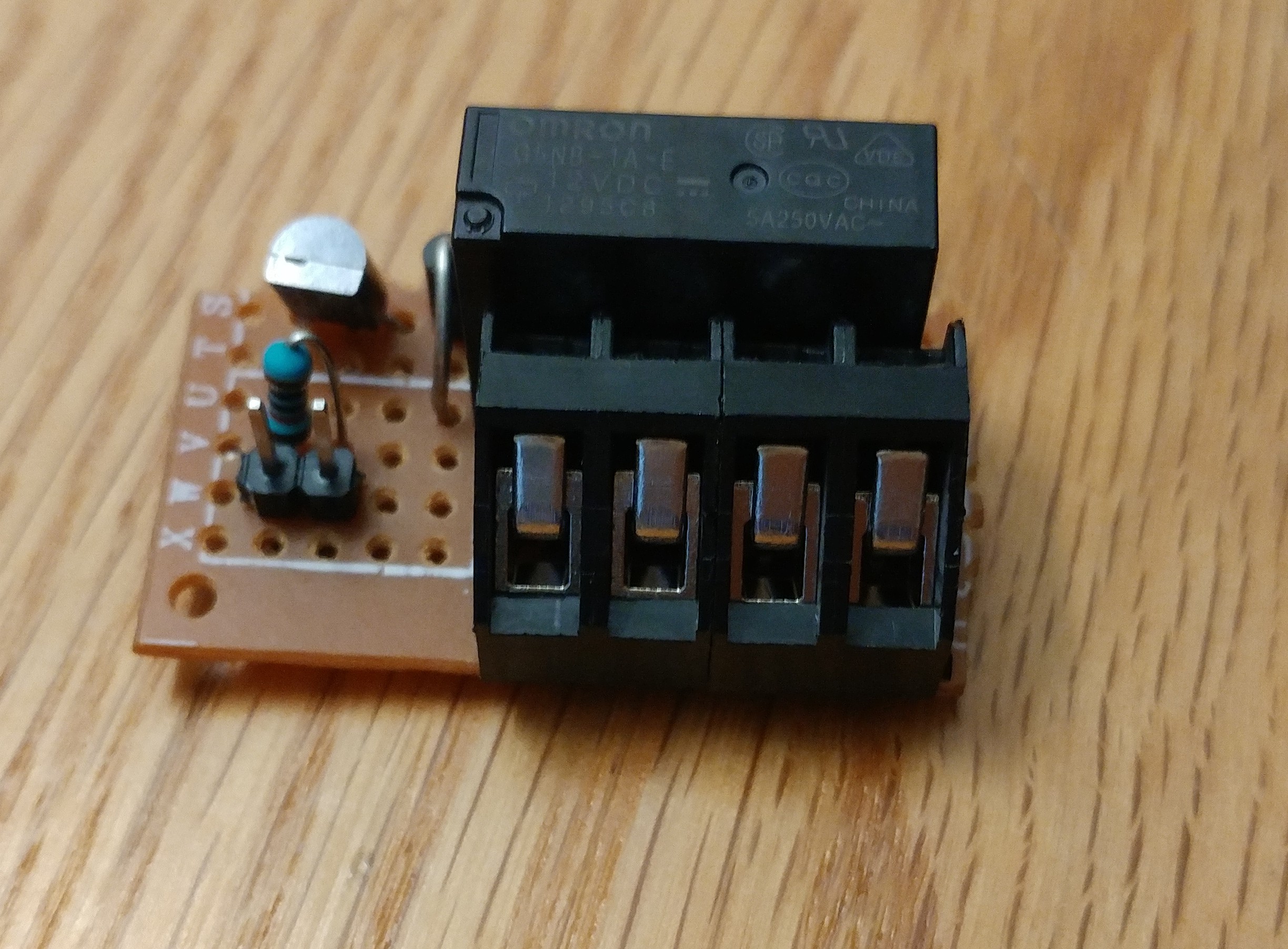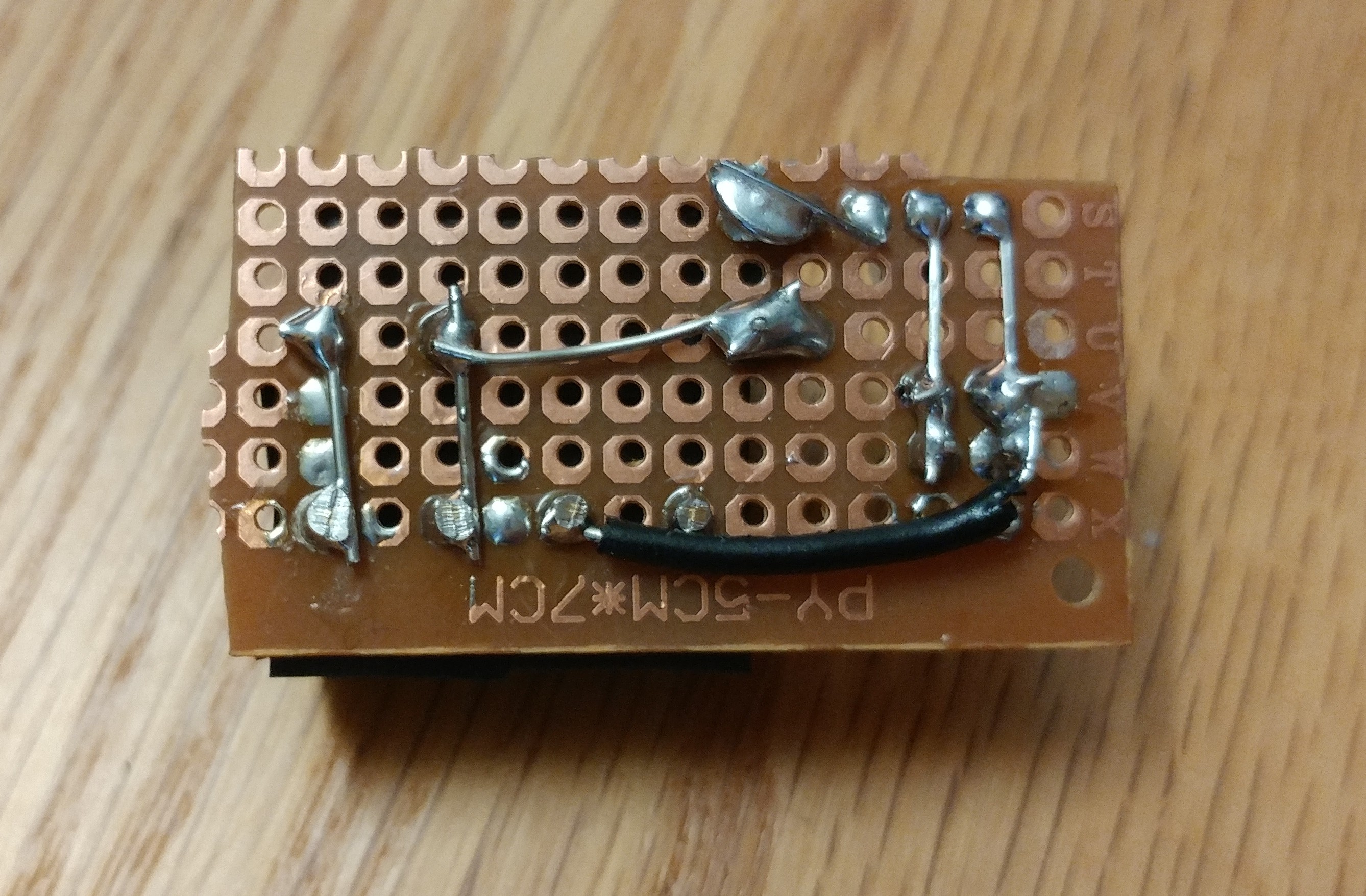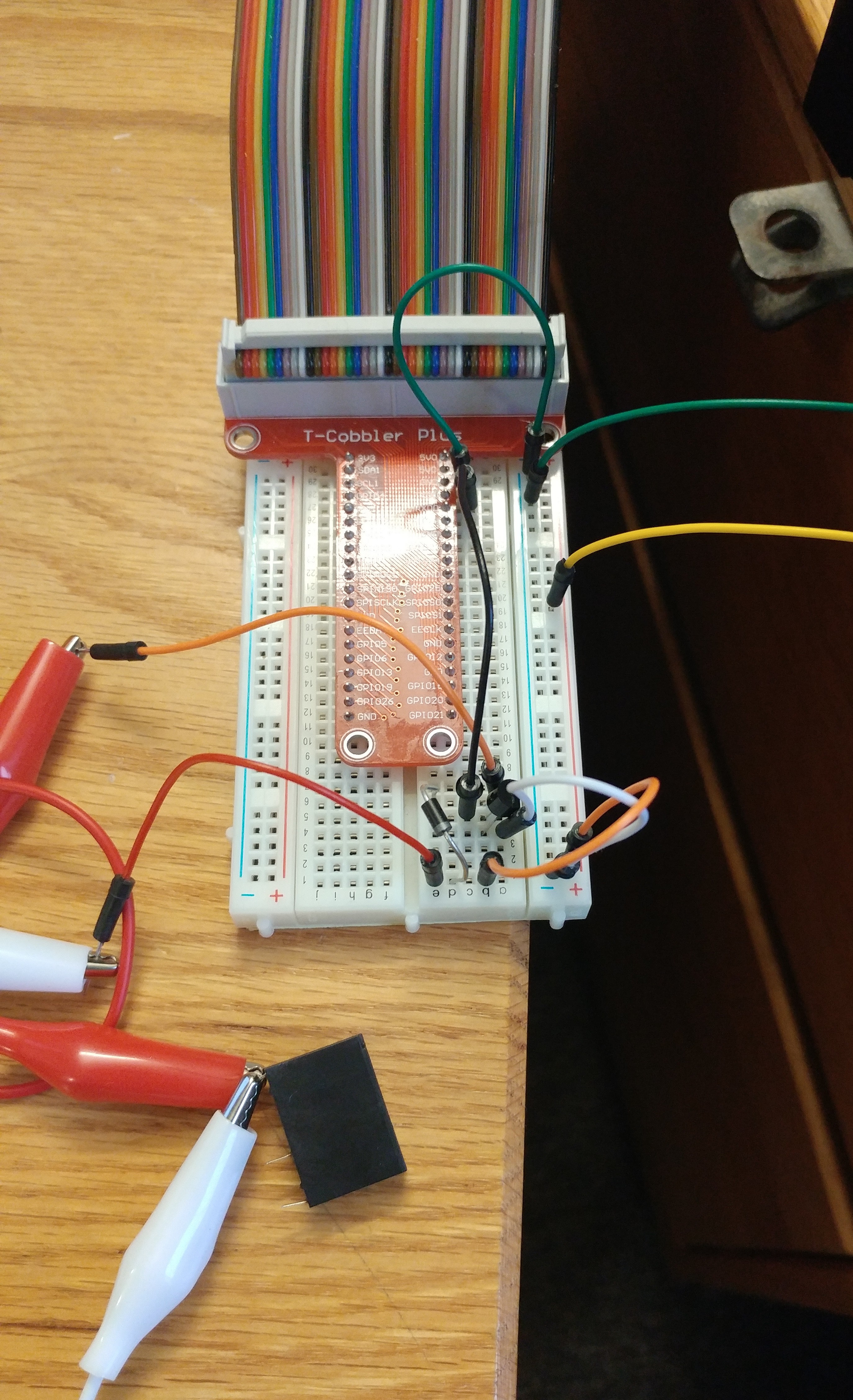3D Printer Power Control Board
A super simple little control board that allows for connecting/disconnecting power from a 3D printer via a relay.
A super simple little control board that allows for connecting/disconnecting power from a 3D printer via a relay.
To make the experience fit your profile, pick a username and tell us what interests you.
We found and based on your interests.
lid.SLDPRTSolidworks CAD file for the lid of the 3D printed enclosure.sldprt - 58.00 kB - 03/26/2017 at 06:51 |
|
|
box.SLDPRTSolidworks CAD file for the 3D printed enclosure.sldprt - 69.38 kB - 03/26/2017 at 06:49 |
|
|
3d_printer_relay_board.pdfA schematic for the board. Pretty simple, not much to it.Adobe Portable Document Format - 14.75 kB - 03/26/2017 at 00:12 |
|
|
I have now finally got around to actually installing my little mod. It seems to function just fine! The relay gets a little warm, I measured it with the thermocouple on my multimeter and it got to around 40C but it seems to be working just fine. Currently running a test print to see if anything goes wrong but so far so good!
Now that I have a circuit board for the project, what better to do than use the 3D printer to print an enclosure for its own accessory? I designed a box with cutouts for wiring and a lid in solidworks and 3D printed it.
Now that I've verified that the circuit works on a breadboard, I assembled it on a more permanent protoboard. The soldering isn't the dick, but they're solid joints and it works as intended. I made a mistake when planning and purchasing parts and didn't think about the fact that the board will need to connect to both the Raspberry Pi's GPIO ground as well as the ground from the printer's power supply. This means I would have needed a 3-pin terminal block instead of a 2-pin. I just used 2x2-pin terminal blocks and left one pin unconnected.


Quickly mocked up the circuit on a breadboard to verify its operation. Octoprint's PSU Control plugin is set to toggle Pin 8 (Physical pin, not GPIO 8) for power control. The circuit did perform as intended. The coil draws 15mA when energized which leaves our little TO-92 transistor only dissipating 18mW, well within its 350mW limit.

Everything is currently designed schematic-wise and all the parts are purchased/available. The only worry I have is that if the printer draws more than 5A of current, the relays I have are woefully inadequate. I'm using Omron 12V 5A relays for switching. I guess I'll find out depending on if the relay contacts get welded together or not!
Create an account to leave a comment. Already have an account? Log In.
I had most of the parts lying around already, and it wasn't very expensive for me to purchase all the parts, and I have tons of spares for future projects.
Become a member to follow this project and never miss any updates
Heads up for future reference, they make relay boards that are basically plug and play. SainSmart relays. Check them out. (You can order Chinese ones on ebay for much cheaper than brand name and function the same.) No soldering, no buying diodes, no troubles. Even come with a debugging LED on board.